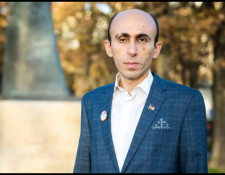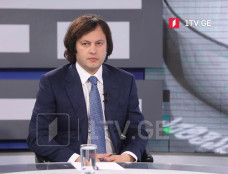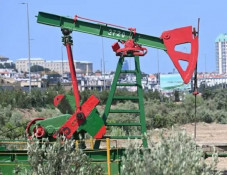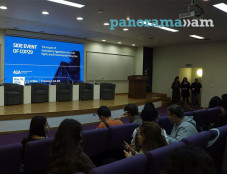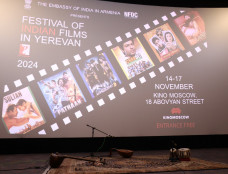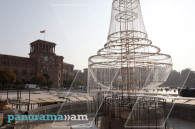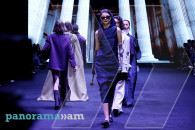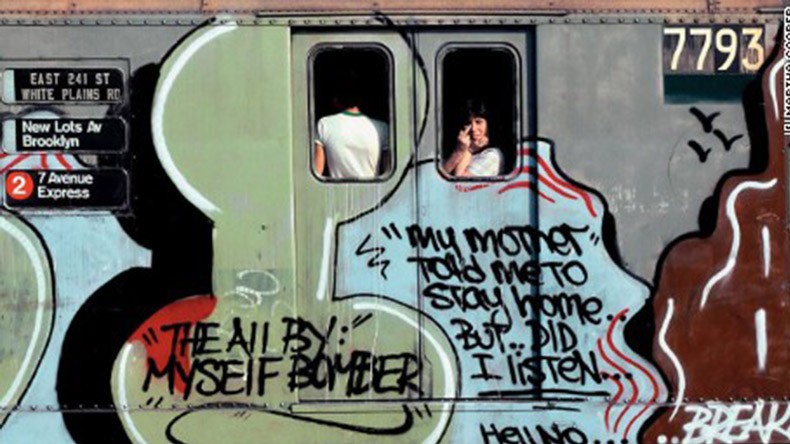
Delhi's streets to be transformed: Street art used for beautifying and encouraging people to keep their surroundings clean
The honking cars form a constant stream of background noise, blaring continuously to the beat of the jostling crowds. The air is thick with the smell of street food snacks, each vendor having its own magnetic pull. But look above all of the hustle on this narrow street at Delhi's Hauz Khas Village (HKV) and you're greeted with a painted triptych of sorts – three large-scale black and white portraits of an old Indian woman, her wise eyes staring directly at you, writes Alisha Haridasani for CNN.
The article reads that this is just one of the many pieces of street art that are now dotted around Delhi's Lodhi District, turning dilapidated, neglected space into lively backdrops to the city's fast-paced lifestyle. The streets between Khanna Market and Mehar Chand Market are transforming into India's first public art district.
All of this is the brainchild of St+art India, a non-profit organization on a mission to democratize art in a nation currently starved of it. Since its launch in 2014, the St+art festival has invited a variety of both local and international artists to help the medium bleed out onto the winding streets of Delhi and Mumbai, according to the CNN.
"Over the years, [art in India] has become all about investment, about commodity trade. There are museums but they are not very active in terms of programming. There are galleries but the invitation is not open to all. It's only accessible to a certain kind of person, a certain kind of economic status," co-founder and festival director Arjun Bahl says as cited by the CNN. "We want to get art for the masses."
This year the group has also collaborated with India's largest shipping container company – Concor – to paint over 100 shipping containers. They currently stand as a free exhibition at the Inland Container Depot but will eventually turn into traveling art, according to the article.
"It's going to solve one of our aims – to try and take art to everyone. What's better than having art on a container that's going all over India?" Bahl says.
Beyond the art, the organization is bursting with bigger ambitions. The campaign has pulled in support from big Bollywood celebrities and now, in a modern twist, is also leaning on the arts and design community, the article reads.
"They see that street art can be used for beautifying and encouraging people to keep their surroundings clean. It has led to a sense of ownership and that leads to a sense of preservation of the work," says Bahl.
Additionally, St+art India is working with local, indigenous artists to keep traditional art forms alive. For example, a project titled Hand Painted Type, run by St+art India's creative director and co-founder Hanif Kureshi, is working with sign and billboard painters who are losing their jobs to digital printing. The project helps the painters to digitize their font types which can then be downloaded and used around the world. "Today a painter from Uttar Pradesh – Kafeel – his fonts are being used globally, from Heineken to Starbucks. So we gave him an alternate revenue stream," Bahl told CNN.
The author writes that St+art India's first edition of the festival created quite a splash, quickly catapulting the group onto the national and global radar. They invited German artist Hendrik Beikirch to paint the tallest mural of Mahatma Gandhi in India on the wall of the Delhi Police Headquarters, which sits smack bang in central Delhi.
"Once you work with the police at that scale, and that project becomes a landmark, it's a gateway to many things," Bahl says.
One such opportunity has been massive support from Asian Paints, one of India's largest paint manufacturers, in the form of free paint, funding and technical resources. To Bahl, it is the response from the people and their interaction with the works that is the driving force for the group.
He recalls the story of a nine-year-old child who got in touch to find out more about the movement for his school project.
"That was really important because you can see that people are reacting to it, people are enjoying it," Bahl summarizes.
Newsfeed
Videos






